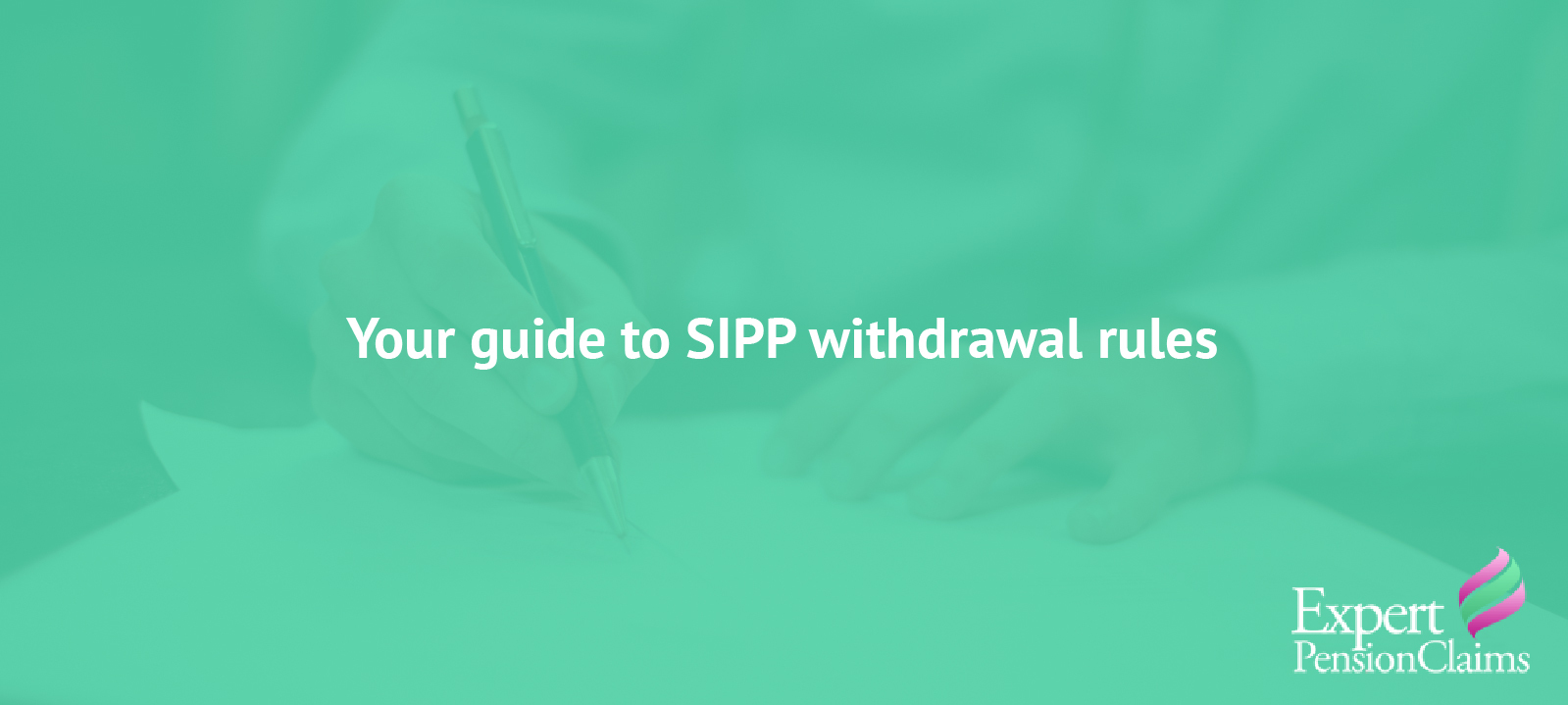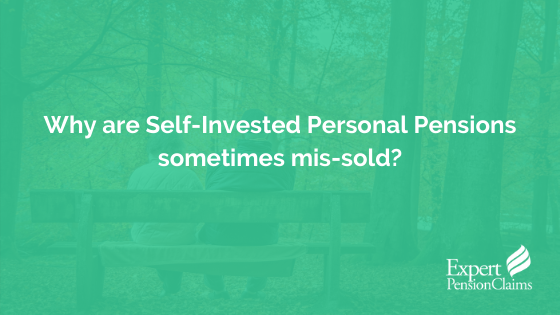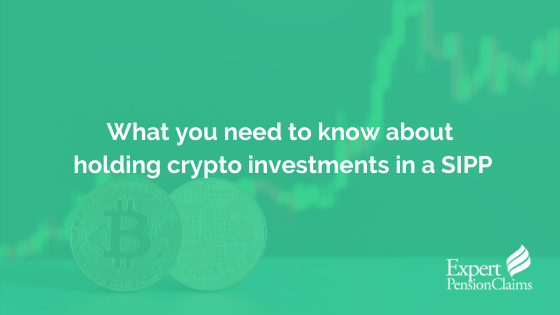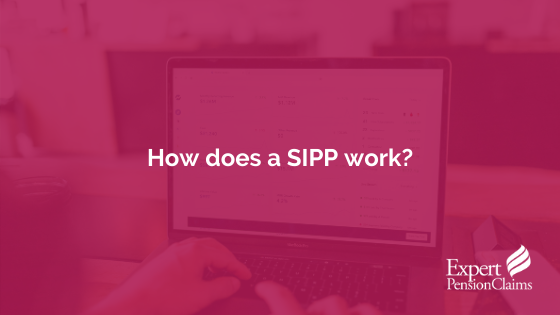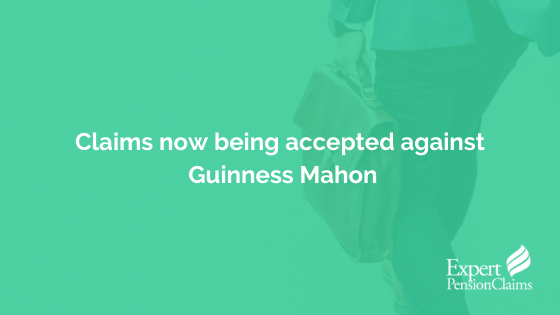There are many advantages to investing in SIPPs (Self Invested Personal Pensions). A SIPP lets you manage your pension more effectively and make changes to it whenever you like. However, like with any other pension scheme, constraints do come with investing in a SIPP. For instance, when it comes to accessing your money, withdrawal rules do apply. So, to make sure that you have as much knowledge as possible on this matter, we have compiled a SIPP withdrawal guide for you. Have a read…
The age of eligibility
Once you reach the age of 55, you are eligible to withdraw money from your SIPP. However, it is worth noting that you don’t have to start withdrawing once you reach this eligible age. You can, alternatively, leave your pension pot growing for a few more years before accessing your fund. Another thing to mention is that you do not have to withdraw from your SIPP from the moment your retirement period begins.
However, when it comes to accessing your money before you reach the age of 55, there are restrictions and implications. In general, most SIPP providers will not allow you to withdraw your funds early, and if they do, they are likely to charge hefty fees. Furthermore, if your money is withdrawn early, HMRC will then tax the funds withdrawn at 55%. So, the easy solution is to wait until you are of the eligible age to access your money!
The SIPP withdrawal process
When the time comes for you to withdraw from your SIPP, you have three options. You can either choose to:
- Withdraw the entire fund in one lump sum
- Withdraw regular payments that act as a monthly or annual income
- Combine an upfront lump sum with regular drawdown payments
Whatever withdrawal option you choose to go for is completely up to you – just simply base your decision on your financial circumstances and retirement ambitions. However, don’t act just yet, have a read of some more important points regarding your SIPP withdrawal.
2019/2020 Tax rates to look out for
The good news is that you can withdraw 25% of your SIPP fund tax-free. However you choose to withdraw this 25% is completely up to you, but either way, you will have to pay 75% of your fund when the money is withdrawn. It is also worth mentioning that your fund is not liable for National Insurance contributions.
The dangers of withdrawing your entire fund all at once
As mentioned, 75% of your SIPPs pot will get taxed as of the 2019/2020 tax year, so withdrawing your whole fund all at once will naturally be costly. In most general cases, withdrawing your fund in one go will likely push you over the threshold at a higher rate, and you may have to pay additional tax. So, as tempting as it may be to withdraw your money all at once, just be aware that it is more financially logical to draw smaller payments from your pot to avoid paying any additional tax.
The prospect of income drawdown
Now, this is a key term that you must be aware of if you have invested in a SIPP. Income drawdown refers to the money taken directly from your SIPP fund. There are two types of income drawdown that you must know about:
- Capped – where limits are set on how much you can take out of your SIPP fund each year.
- Uncapped – where you have the freedom to withdraw as much as you like. In the financial world, this is a relatively new method of drawdown and has become the most popular choice.
What to do if you’ve been mis-sold a SIPP
At Expert Pension Claims, queries related to SIPP mis-selling (as well as pension mis-selling and investment mis-selling) are what we deal with. If you think you’ve been mis-sold a SIPP, contact us today to see if you are eligible for a claim.
Getting started with SIPP claims is so easy with us. Simply fill in our quick online enquiry form or call us on 0161 968 0768. We are always more than happy to help!
Information in this post is relevant to the tax rates that apply as of 2019/20.


